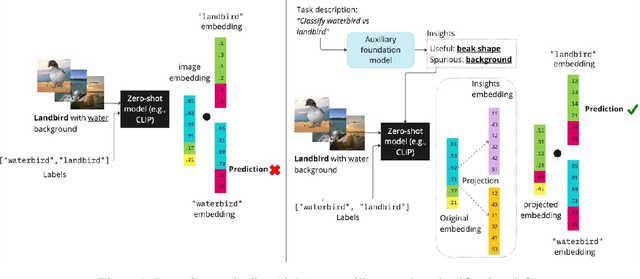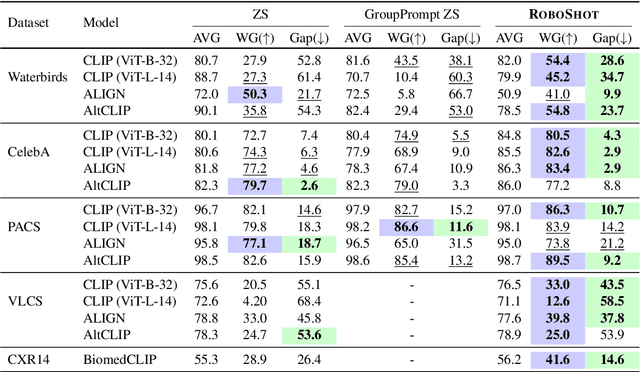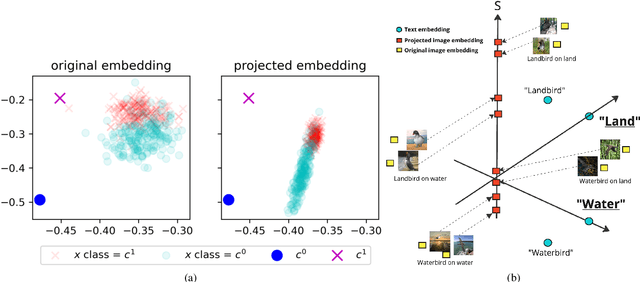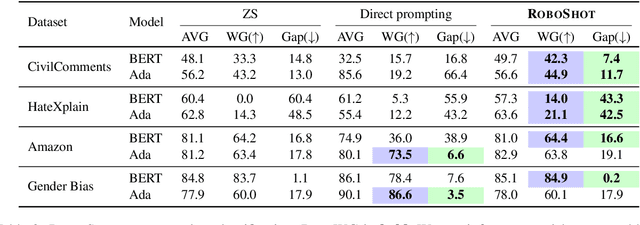Linrong Cai
Stronger Than You Think: Benchmarking Weak Supervision on Realistic Tasks
Jan 13, 2025Abstract:Weak supervision (WS) is a popular approach for label-efficient learning, leveraging diverse sources of noisy but inexpensive weak labels to automatically annotate training data. Despite its wide usage, WS and its practical value are challenging to benchmark due to the many knobs in its setup, including: data sources, labeling functions (LFs), aggregation techniques (called label models), and end model pipelines. Existing evaluation suites tend to be limited, focusing on particular components or specialized use cases. Moreover, they often involve simplistic benchmark tasks or de-facto LF sets that are suboptimally written, producing insights that may not generalize to real-world settings. We address these limitations by introducing a new benchmark, BOXWRENCH, designed to more accurately reflect real-world usages of WS. This benchmark features tasks with (1) higher class cardinality and imbalance, (2) notable domain expertise requirements, and (3) multilingual variations across parallel corpora. For all tasks, LFs are written using a careful procedure aimed at mimicking real-world settings. In contrast to existing WS benchmarks, we show that supervised learning requires substantial amounts (1000+) of labeled examples to match WS in many settings.
Zero-Shot Robustification of Zero-Shot Models With Foundation Models
Sep 08, 2023



Abstract:Zero-shot inference is a powerful paradigm that enables the use of large pretrained models for downstream classification tasks without further training. However, these models are vulnerable to inherited biases that can impact their performance. The traditional solution is fine-tuning, but this undermines the key advantage of pretrained models, which is their ability to be used out-of-the-box. We propose RoboShot, a method that improves the robustness of pretrained model embeddings in a fully zero-shot fashion. First, we use zero-shot language models (LMs) to obtain useful insights from task descriptions. These insights are embedded and used to remove harmful and boost useful components in embeddings -- without any supervision. Theoretically, we provide a simple and tractable model for biases in zero-shot embeddings and give a result characterizing under what conditions our approach can boost performance. Empirically, we evaluate RoboShot on nine image and NLP classification tasks and show an average improvement of 15.98% over several zero-shot baselines. Additionally, we demonstrate that RoboShot is compatible with a variety of pretrained and language models.
 Add to Chrome
Add to Chrome Add to Firefox
Add to Firefox Add to Edge
Add to Edge